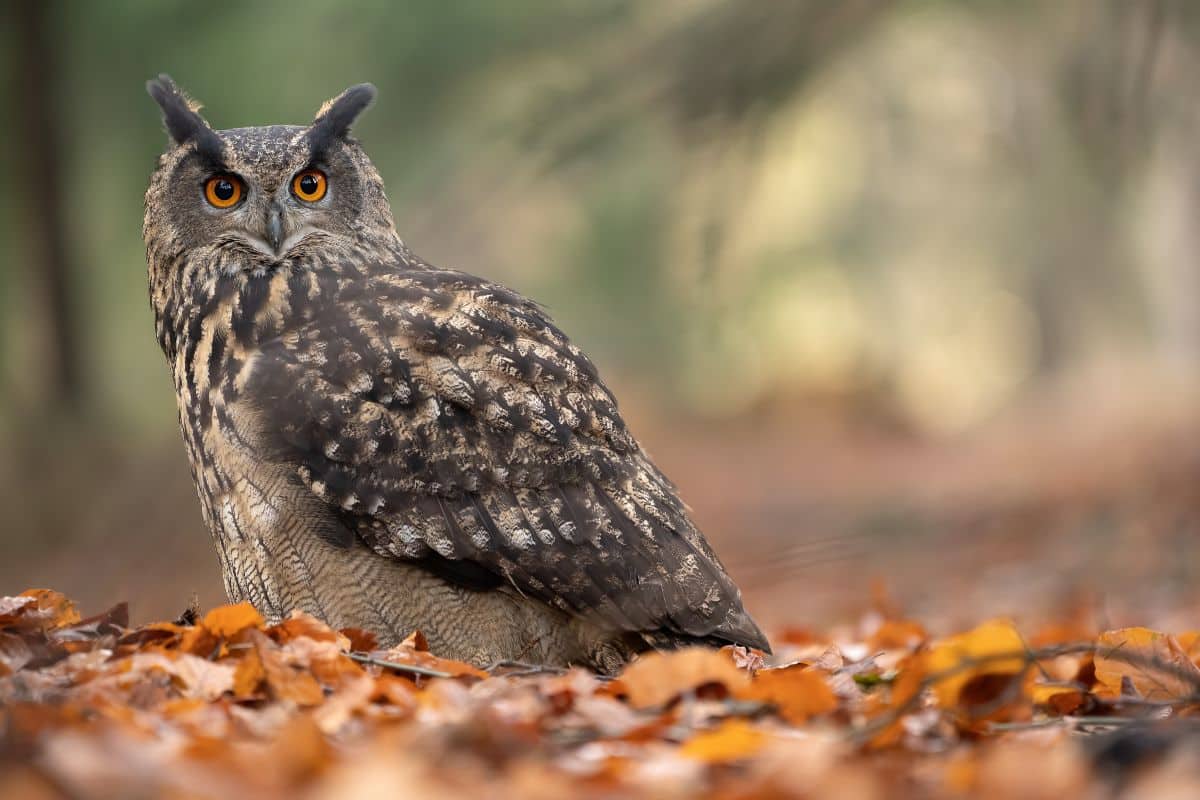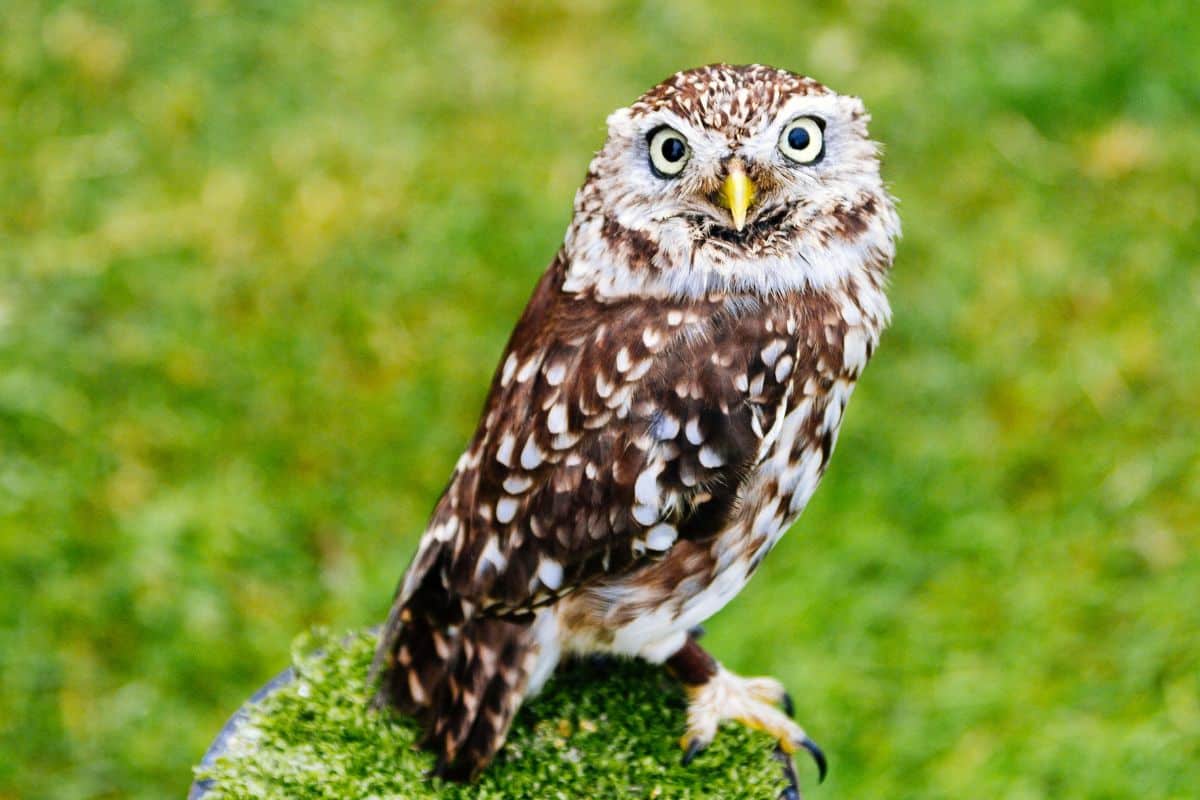Owls are one of nature’s stealthiest predators. Their silent flight and sharp talons allow them to effortlessly take down their prey. But what do these nocturnal birds actually eat? Most owls are carnivores, meaning they mainly eat meat. Their diet consists of small mammals, such as rodents, rabbits, and mice. Some species will also hunt for frogs, lizards, fish, and insects.

To find their food, owls use their exceptional hearing. They can locate the faintest sounds, allowing them to zero in on their prey, even if it’s hidden under snow or leaves. Once they’ve found their target, they swoop down and snatch it up with their powerful talons.
Contents
A Brief History of Owls and Rabbit Predation
The notion that owls eat rabbits is hardly a new one. In fact, the belief dates back thousands of years to ancient Greece, where the word “Aeiskōps” was used to describe the Eurasian scops owl, a member of the owl family Strigidae known to prey on rabbits. Interestingly enough, though, small mammals only make up about 1% of the scops owl diet.
Little has changed in the intervening millennia; today, owls still regularly hunt and eat rabbits. In North America, for example, the great horned owl (Bubo virginianus) is often thought to subsist primarily on a diet of mammals, including rabbits. This particular owl species is especially adept at hunting rabbits, as it has long, lethal talons and mighty wings that allow it to overtake its furry prey.
It’s worth noting that not all owls are equally adept at hunting and eating rabbits. Examples include smaller owl species, such as the elf owl (Micrathene whitneyi) and the northern saw-whet owl (Aegolius acadicus), which typically don’t target rabbits due to their size. Instead, these owls usually go after smaller prey, such as insects and mice.
The Impact of Owls on the Rabbit Population

Rabbits are a common food source for owls because they are small and easy to catch, especially baby rabbits. In addition, rabbits are relatively plentiful in many areas where owls live. Rabbit populations can fluctuate depending on the time of year and the availability of other food sources, but overall they remain a reliable food source for owls.
Since owls are rabbits’ natural predators, they help keep the rabbit population in check. In areas where owls are present, rabbits are less likely to overpopulate and cause damage to crops or native vegetation. For this reason, some farmers and ranchers encourage owls to take up residence on their property, as they can help manage the rodent and rabbit population and minimize crop damage.
Conclusion
Owls are expert predators, and rabbits are one of their favorite food sources. This predatory relationship has existed for thousands of years and helps regulate the rabbit population. While not all owls hunt and eat rabbits, most of these nocturnal birds regularly include these furry creatures in their diet.
So, the next time you see an owl, there’s a good chance it’s thinking about its next meal – which just might be a rabbit.
